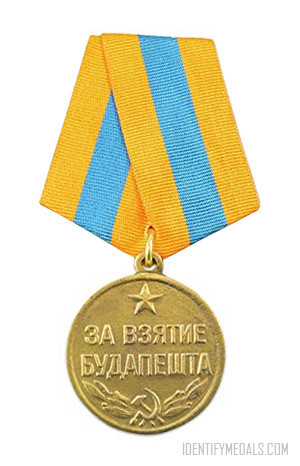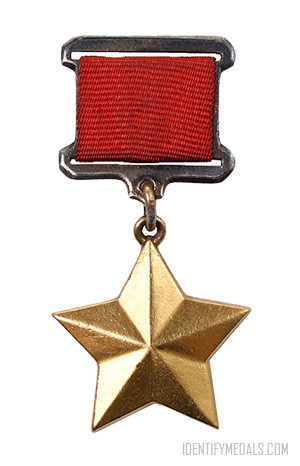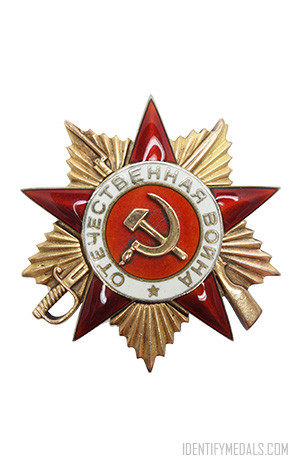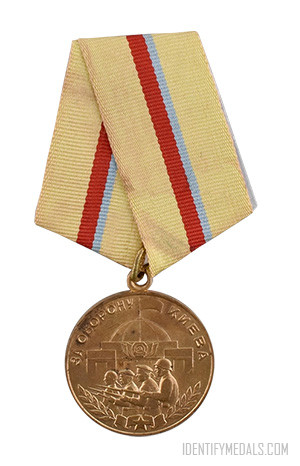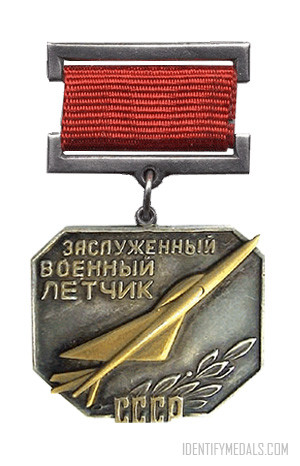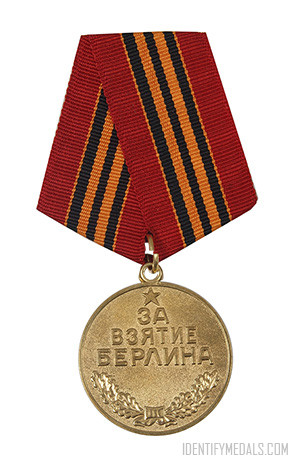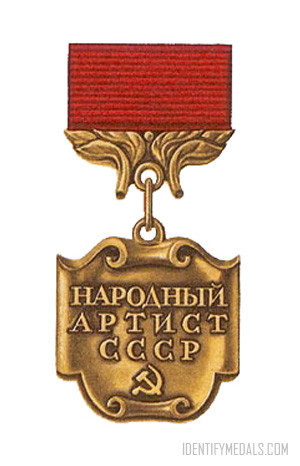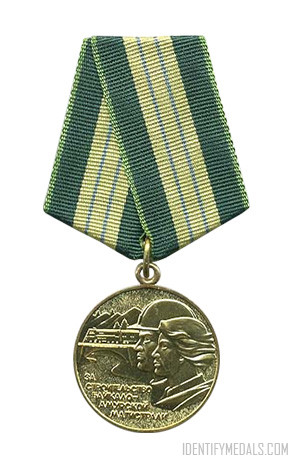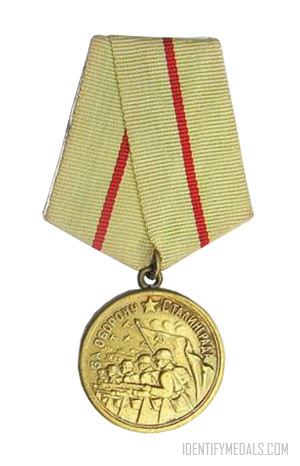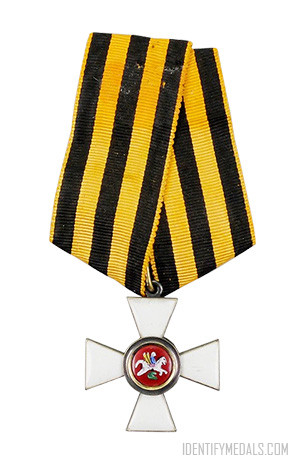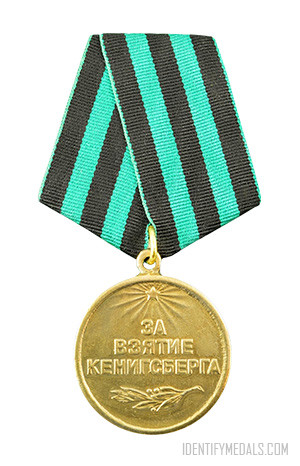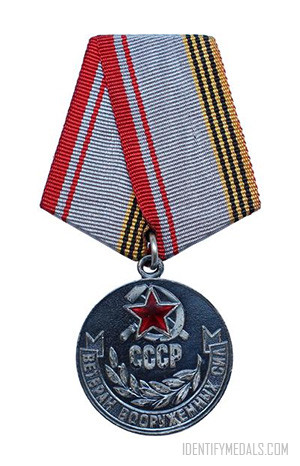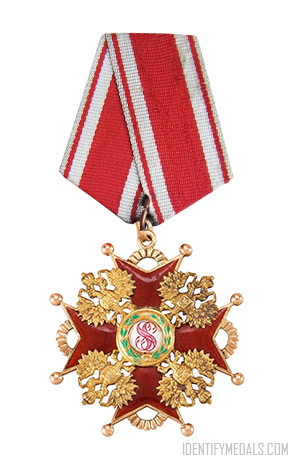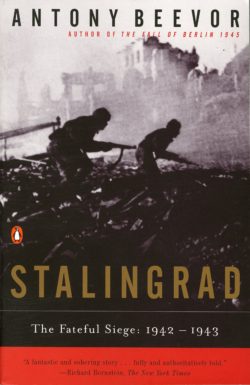- Time Period: Second World War
- Year of Institution: 9 June 1945
- Country: Russia & USSR
The Medal for the Capture of Budapest (or Медаль «За взятие Будапешта», Medal «Za vzjatie Budapeshta» in Russian) was established on 9 June 1945 and awarded to Soviet service personnel who took part in the capture of Budapest from the armed forces of Nazi Germany between 20 December 1944 and 15 February 1945.
The medal was awarded to soldiers of the Red Army, Navy, and troops of the NKVD, direct participants of the heroic assault and capture of Budapest as well as to the organizers and leaders of combat operations in the capture of this city. Serving military personnel received the medal from their unit commander, retirees from military service received the medal from a regional, municipal, or district military commissioner in the recipient’s community.
The medal’s statute was amended on 18 July 1980 by decree of the Presidium of the Supreme Soviet of the USSR № 2523-X.
The Medal for the Capture of Budapest Design
The medal was 32mm in diameter, circular, and made of brass, with a raised rim on the obverse. It was worn on the left side of the chest.
On its obverse at the top, a relief five-pointed star, its top point touching the medal upper rim. Below the star, the relief inscription in bold letters on two rows «ЗА ВЗЯТИЕ БУДАПЕШТА» (“FOR THE CAPTURE OF BUDAPEST”). At the bottom, the relief image of a wreath of oak branches going up the left and right circumference of the medal up to the lower row of the inscription, in the center of the wreath, the relief image of the hammer and sickle. On the reverse at the top, a relief plain five-pointed star, below the star, the relief date in three rows «13 ФЕВРАЛЯ 1945» (“13 FEBRUARY 1945”).
The medal as secured by a ring through the medal suspension loop to a standard Soviet pentagonal mount covered by a 24mm wide silk moiré orange ribbon with an 8mm wide central blue stripe.

